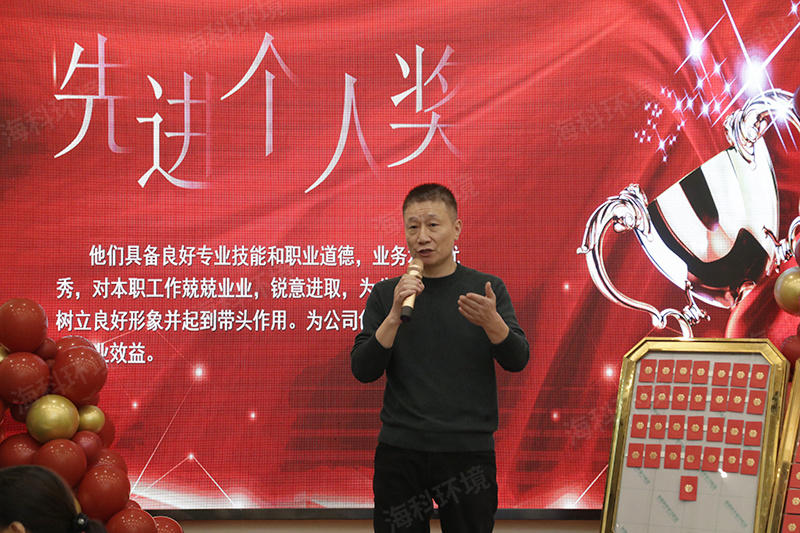ENERGY SAVING AND ENVIRONMENTAL PROTECTION EQUIPMENT AND ENGINEERING GENERAL CONTRACTING
Understanding Single Drum Dryers: An Essential Overview for Industrial Applications
2025-07-28
Single drum dryers play a vital role in the industrial drying landscape, offering efficient solutions for various sectors that require moisture removal from products. The fundamental principle behind a single drum dryer involves the use of a rotating cylindrical drum, which is heated externally. As the drum rotates, the material to be dried is applied onto its surface, where the heat facilitates m
Single drum dryers play a vital role in the industrial drying landscape, offering efficient solutions for various sectors that require moisture removal from products. The fundamental principle behind a single drum dryer involves the use of a rotating cylindrical drum, which is heated externally. As the drum rotates, the material to be dried is applied onto its surface, where the heat facilitates moisture evaporation.
The design of a single drum dryer allows for a continuous flow of product, making it particularly advantageous for large-scale operations. One of the primary benefits of this equipment is its ability to achieve rapid drying times, which can be critical in industries where time efficiency translates to cost savings. The high heat transfer rates associated with single drum dryers ensure that products are dried evenly, reducing the risk of product degradation or quality loss.
Another significant advantage of single drum dryers is their versatility in handling a diverse range of materials. Whether dealing with slurries, pastes, or powders, single drum dryers can be customized to meet specific processing requirements. This adaptability makes them suitable for various industries, including food processing, pharmaceuticals, and chemicals.
Moreover, the operational efficiency of single drum dryers can contribute to energy savings. By optimizing the heat transfer process and reducing drying times, businesses can lower their energy consumption. Additionally, advancements in technology have led to the development of more energy-efficient designs, which help industries meet stringent environmental regulations.
However, it's crucial to consider the potential limitations of single drum dryers. For instance, the presence of heat-sensitive materials may pose challenges, as excessive temperatures can lead to degradation. Therefore, careful consideration of the material properties is essential to prevent adverse effects during the drying process.
When integrating a single drum dryer into an existing production line, professionals should conduct thorough assessments to evaluate process compatibility, energy utilization, and overall efficiency. Collaboration with equipment manufacturers or engineering consultants can provide valuable insights, ensuring that the selected drying solution aligns with the specific needs of the operation.
In conclusion, single drum dryers represent a powerful and efficient solution for industrial drying applications. Their ability to deliver consistent results, combined with energy-saving potential, makes them an appealing choice for many businesses. Understanding the operational principles and considerations surrounding single drum dryers can empower professionals to make informed decisions that enhance productivity and product quality in their respective industries.
The design of a single drum dryer allows for a continuous flow of product, making it particularly advantageous for large-scale operations. One of the primary benefits of this equipment is its ability to achieve rapid drying times, which can be critical in industries where time efficiency translates to cost savings. The high heat transfer rates associated with single drum dryers ensure that products are dried evenly, reducing the risk of product degradation or quality loss.
Another significant advantage of single drum dryers is their versatility in handling a diverse range of materials. Whether dealing with slurries, pastes, or powders, single drum dryers can be customized to meet specific processing requirements. This adaptability makes them suitable for various industries, including food processing, pharmaceuticals, and chemicals.
Moreover, the operational efficiency of single drum dryers can contribute to energy savings. By optimizing the heat transfer process and reducing drying times, businesses can lower their energy consumption. Additionally, advancements in technology have led to the development of more energy-efficient designs, which help industries meet stringent environmental regulations.
However, it's crucial to consider the potential limitations of single drum dryers. For instance, the presence of heat-sensitive materials may pose challenges, as excessive temperatures can lead to degradation. Therefore, careful consideration of the material properties is essential to prevent adverse effects during the drying process.
When integrating a single drum dryer into an existing production line, professionals should conduct thorough assessments to evaluate process compatibility, energy utilization, and overall efficiency. Collaboration with equipment manufacturers or engineering consultants can provide valuable insights, ensuring that the selected drying solution aligns with the specific needs of the operation.
In conclusion, single drum dryers represent a powerful and efficient solution for industrial drying applications. Their ability to deliver consistent results, combined with energy-saving potential, makes them an appealing choice for many businesses. Understanding the operational principles and considerations surrounding single drum dryers can empower professionals to make informed decisions that enhance productivity and product quality in their respective industries.
Single drum dryer
RELEVANT INFORMATION
The 2023 Annual Meeting of Jiangsu Haike Environmental Technology Engineering Co., Ltd
2024-01-08
The 2023 Annual Meeting of Jiangsu Haike Environmental Technology Engineering Co., Ltd


 English
English Русский
Русский بالعربية
بالعربية

